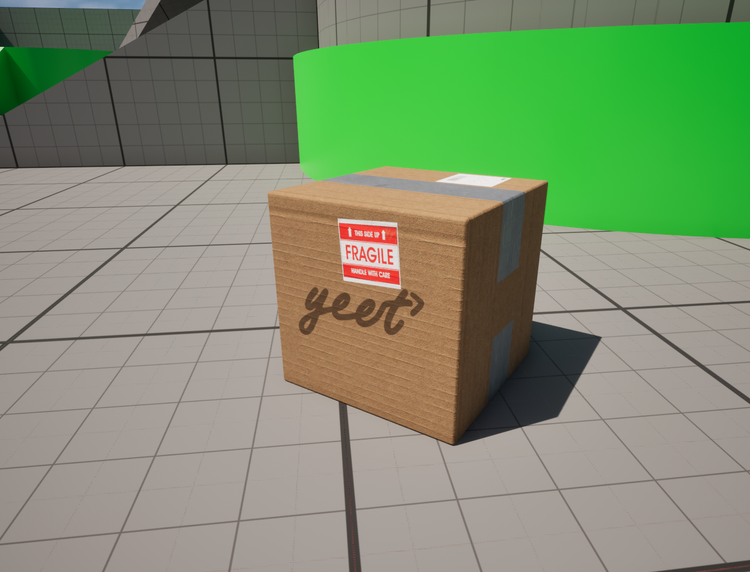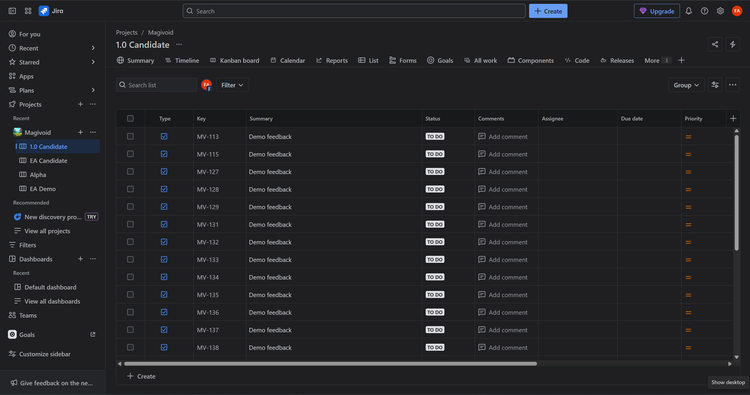Spin up your very own Perforce server

You need source control
If you’re not using source control, start using source control. All game companies do this, small or large. You should be doing it as well.
The most basic features will immediately be useful. You’ll get revision history and will be able to diff and see what’s changed. You’ll have a much easier time collaborating with others if you want or need to do that. If you set up a server off-site, it also acts as a solid backup in case something happens to your system.
Use Perforce
Game companies working on anything other than trivial projects will most likely use Perforce. It can grow to be expensive but the license is free for 5 seats so you might not need to worry about it. Git is popular with programmers but when you deal with large binary assets the workflow tends to cause issues. Binary assets can’t be diffed (most of the time) and you can’t merge them. Even if you don’t collaborate with others heavily and don’t rely on Git’s distributed workflow, large binary files might cause issues and you’ll need to deal with LFS.
For Magivoid I set up a Perforce server on a 1 GB Nanode running Ubuntu on Linode. This is the tiniest shared VM they have and the performance is enough for my use. The 25 GB storage handles 10 GB of Magivoid code and data just fine for now. If you don’t want to spend $5 per month for your server you can use any old PC you might have at home. The recommended spec for a Perforce server are fairly modest.





